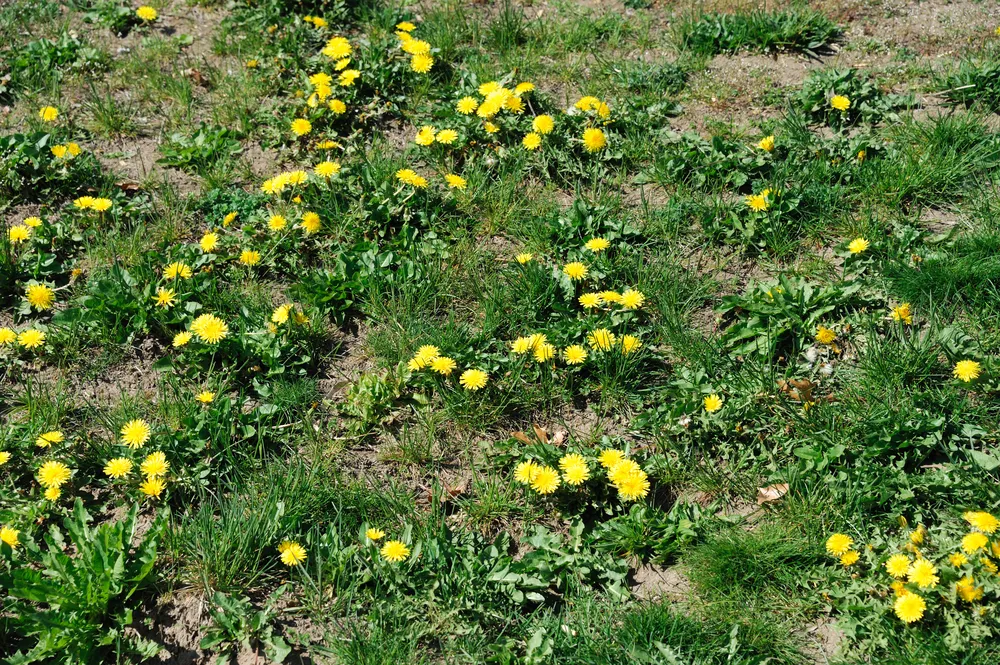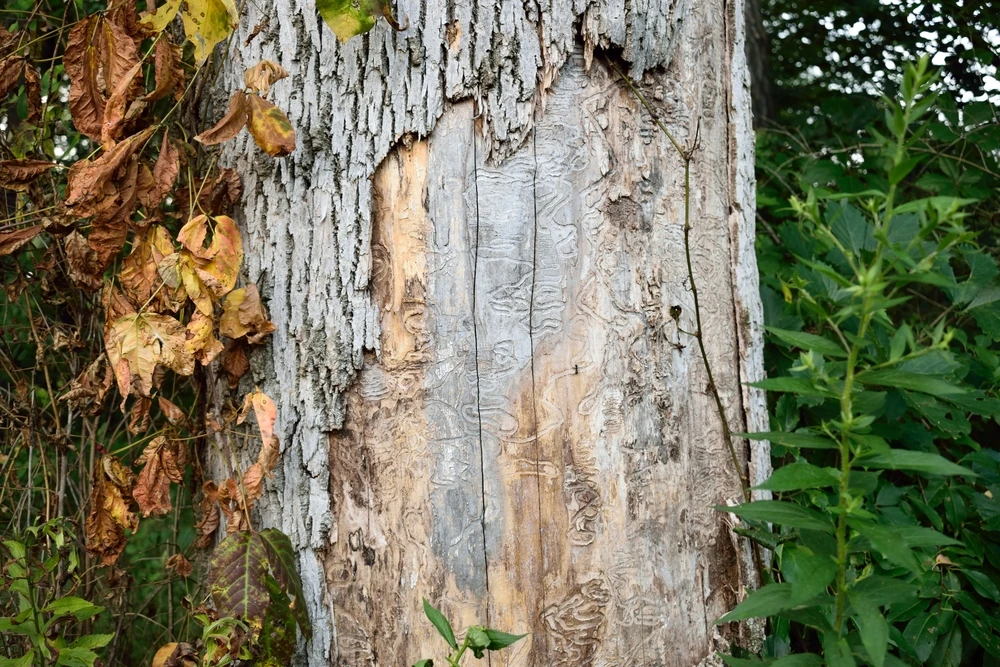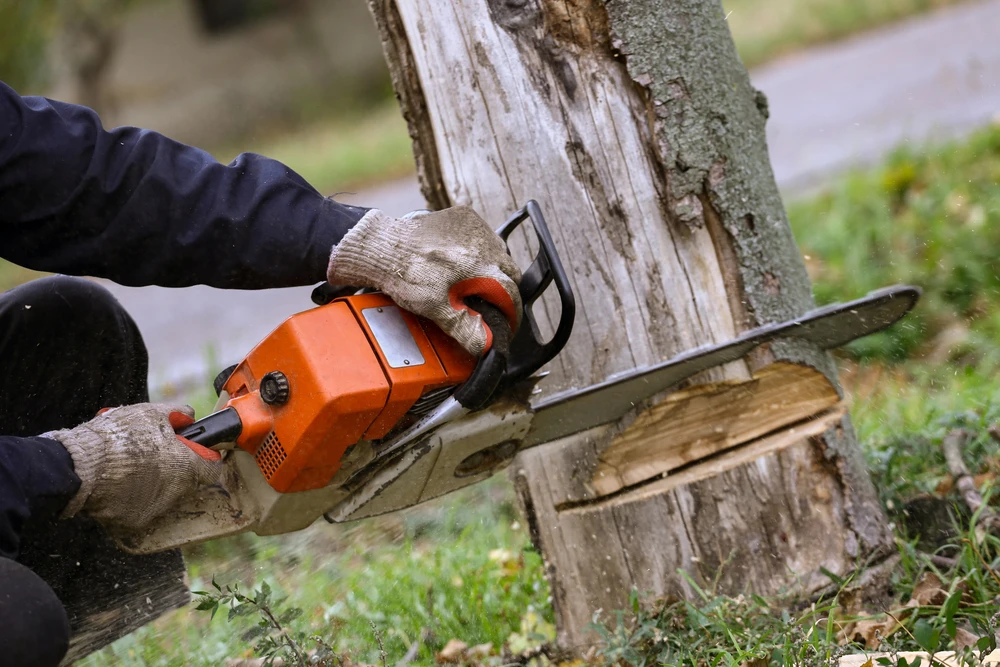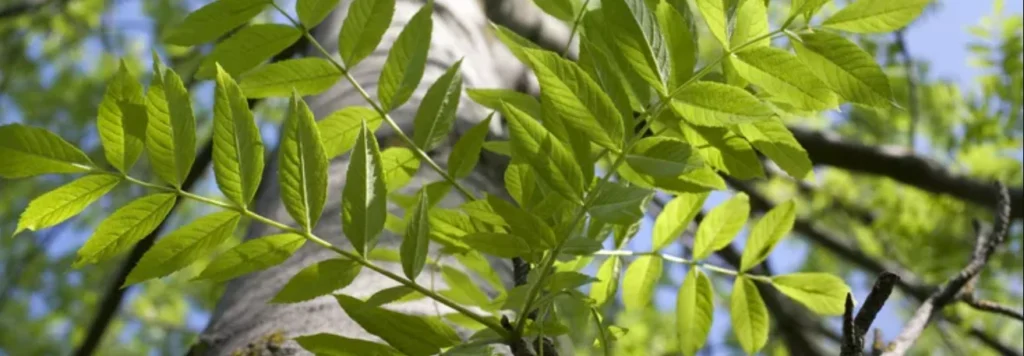There are several common lawn diseases that can affect grass and lead to discoloration, patchy growth, and overall decline.
Most prevalent lawn diseases
Brown Patch (Rhizoctonia solani)
Brown patch is a fungal disease that primarily affects cool-season grasses, such as tall fescue, Kentucky bluegrass, and perennial ryegrass. It causes circular or irregular brown patches in the lawn, with a darker brown border around the edges. The affected grass may have a water-soaked appearance and can easily die off.
Dollar Spot (Sclerotinia homoeocarpa)
Dollar spot is another fungal disease that affects both cool-season and warm-season grasses. It creates small, silver-dollar-sized spots in the lawn, hence the name. The spots have tan or straw-colored centers with reddish-brown margins. In severe cases, the spots may merge, leading to larger areas of damage.
Powdery Mildew (Various fungal species)
Powdery mildew is a fungal disease that can affect a wide range of grass species. It appears as a white or grayish powdery growth on the grass blades. Infected grass may exhibit stunted growth, yellowing, and in severe cases, thinning or dieback.
Fusarium Patch (Microdochium nivale)
Fusarium patch, also known as snow mold, is a fungal disease that typically occurs in cool, wet conditions, such as late fall or early spring. It leads to circular or irregular patches of dead or matted grass, often with a pink or reddish coloration at the outer edges. The affected areas may have a fluffy white or pinkish fungal growth.
Pythium Blight (Pythium species)
Pythium blight is a disease that commonly affects warm-season grasses during periods of excessive moisture and high temperatures. It causes irregular patches of wilted, slimy, and water-soaked grass. In the morning, affected areas may have a grayish-white fungal growth that disappears as the day progresses.
Rust (Various fungal species)
Rust is a fungal disease that affects various grass species. It appears as orange or rust-colored powdery spores on the grass blades. Infected grass may exhibit yellowing, thinning, and in severe cases, leaf drop.
Preventing and managing lawn diseases often involves cultural practices such as proper mowing, watering, and fertilization, as well as reducing excess moisture and promoting good airflow. Fungicides may be necessary for severe or persistent cases, and it’s best to consult with a lawn care professional or extension service for specific recommendations based on your grass type and region.




